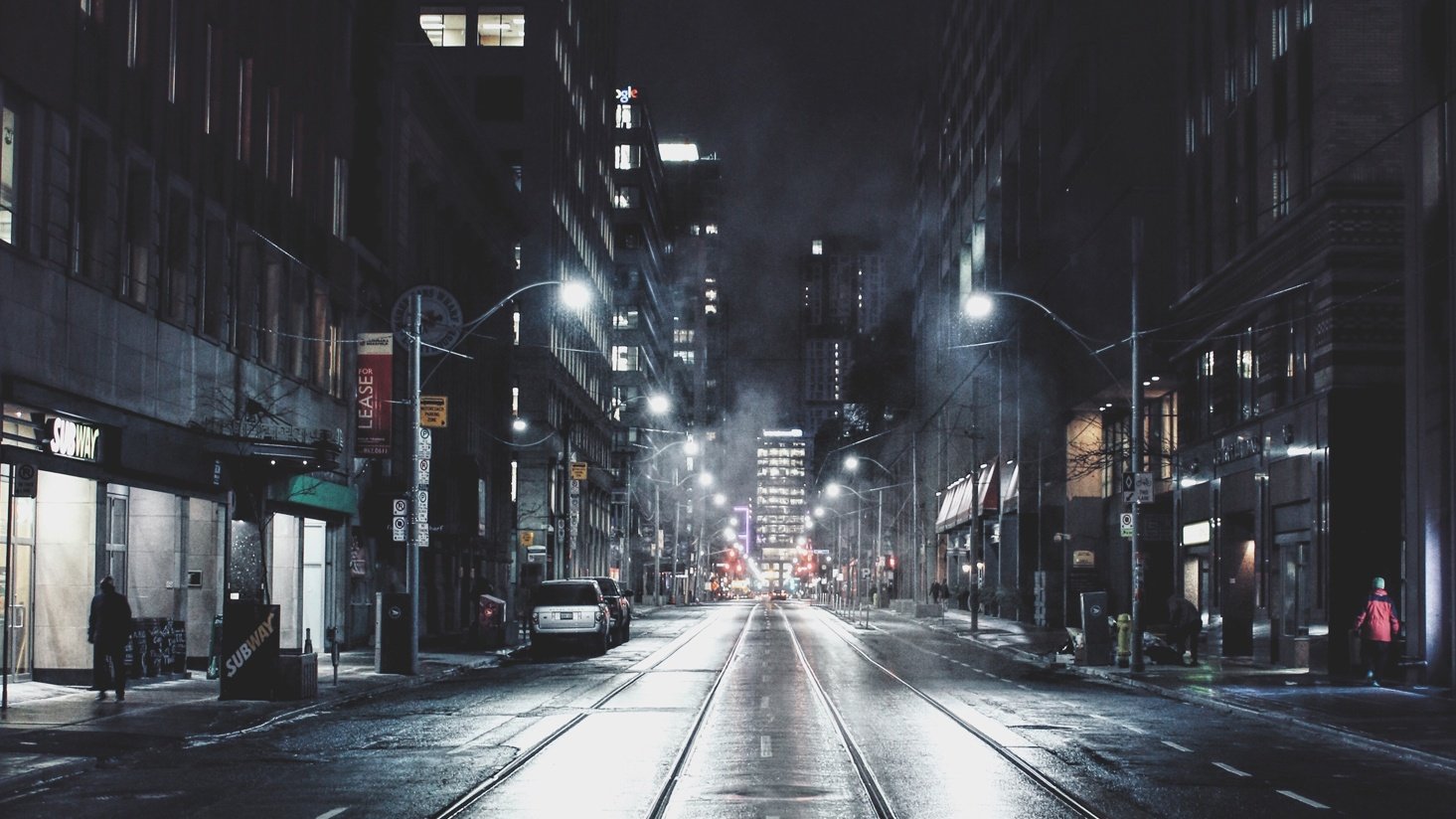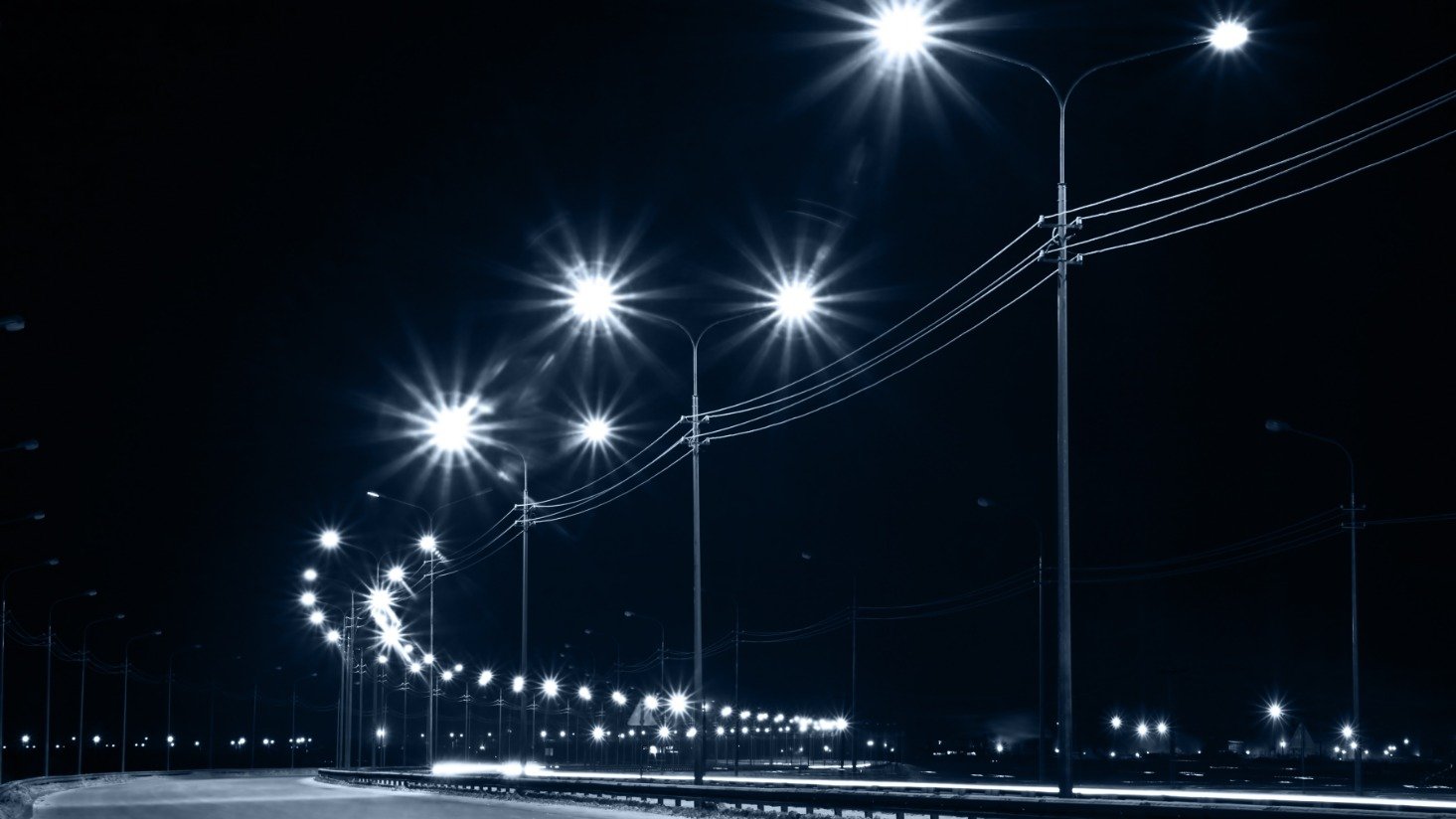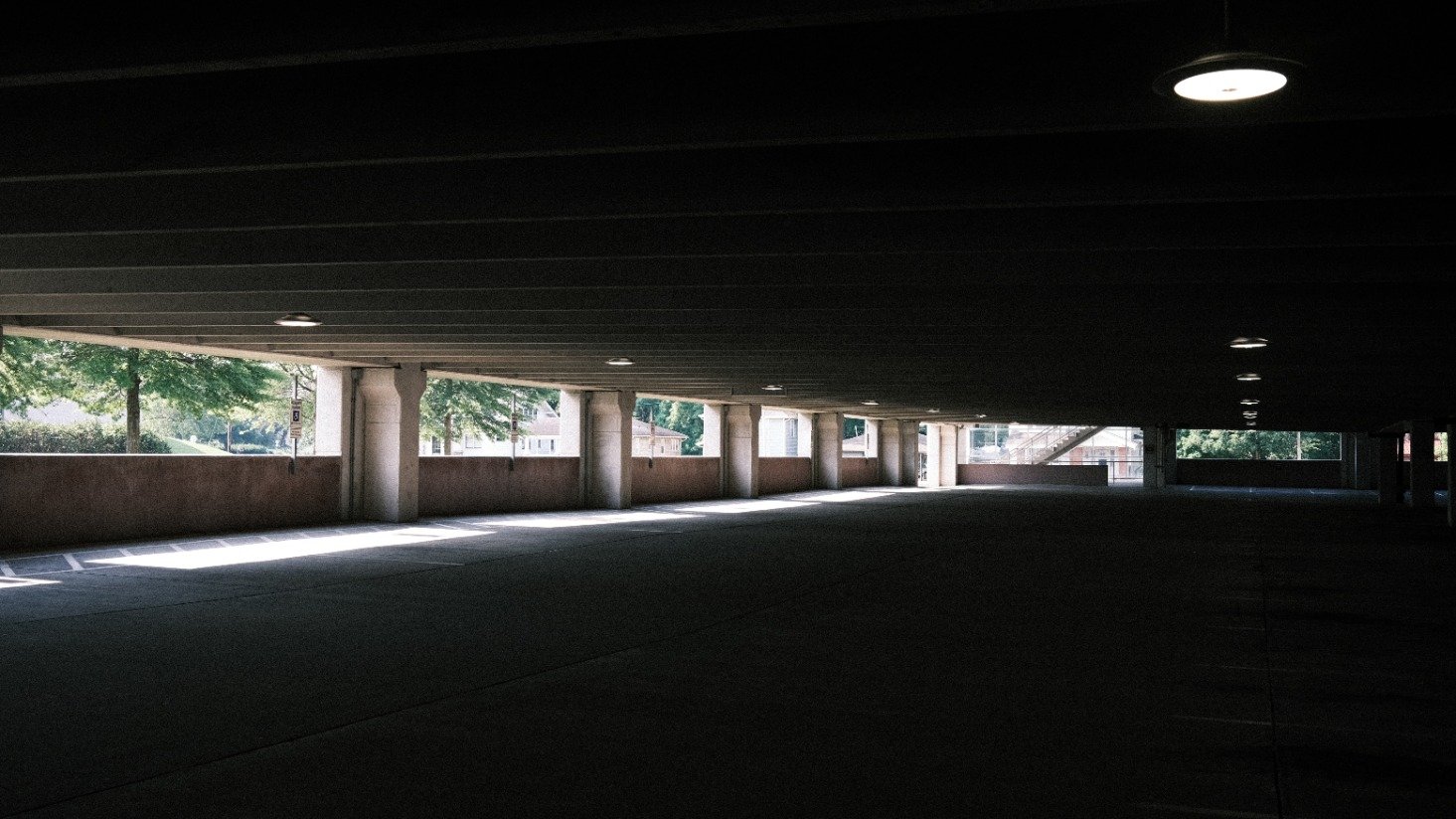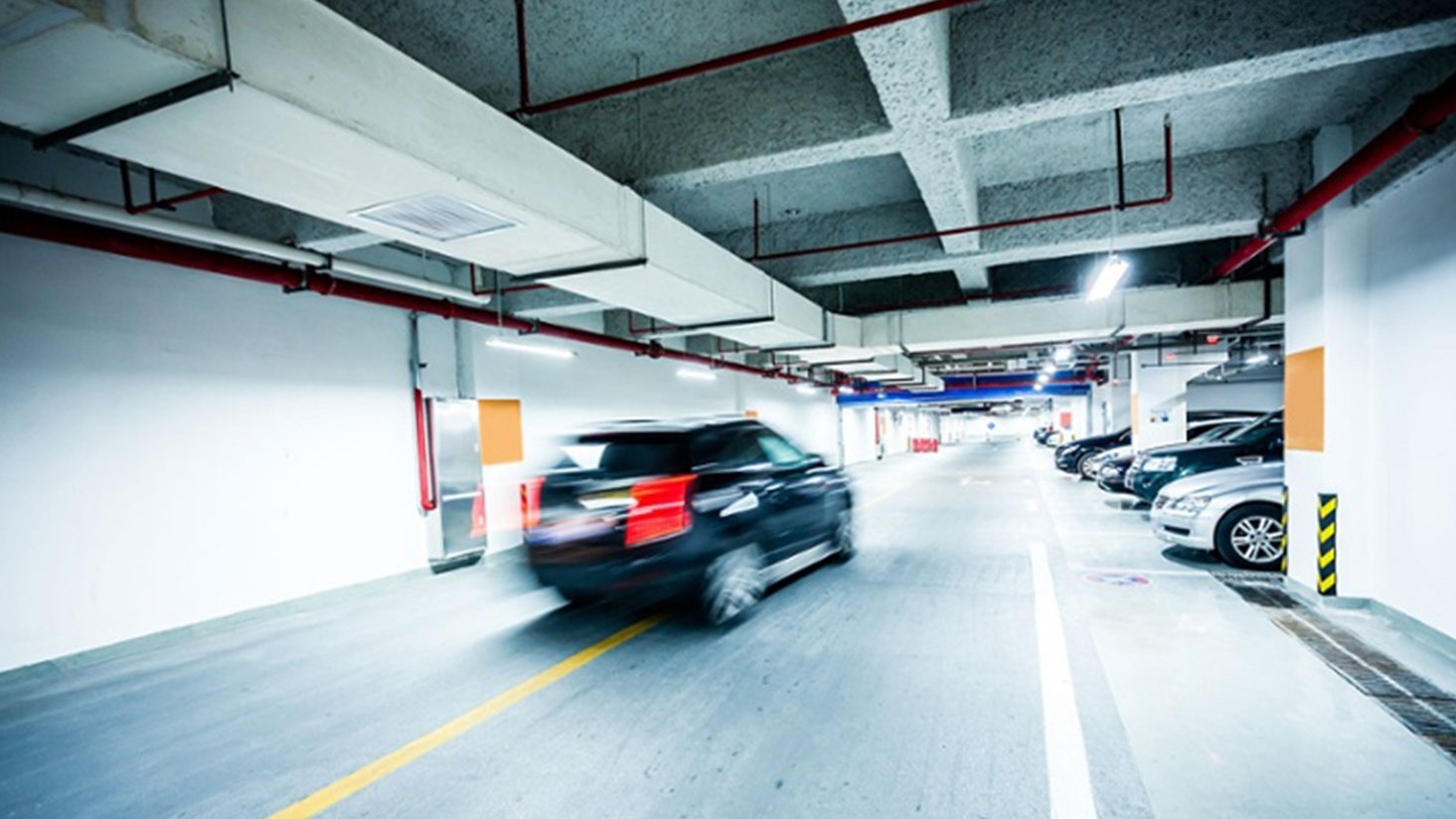Can some LED street lights be damaging to your health?

If you haven't heard the latest buzz about street lighting, don't worry. The Lighting Insights Blog is here for you.
Earlier this month, The American Medical Association (AMA) adopted guidelines for communities to follow on selecting LED lighting options. The AMA stated that some solid-state lighting in street lamps can have harmful effects.
High-density LED lighting can emit a blue-rich light that creates a worse nighttime glare than those produced by conventional lighting technologies.
This blue-rich light appears white to the naked eye causing the glare and reduced visibility causing a safety hazard.
These white LEDs also have an effect on disrupting our circadian sleep rhythm by more than five times compared to traditional lighting. This disruption to your sleep can reach much farther than you'd think.
It affects your overall sleep quality, creates excessive sleepiness, limits daytime function, and can be a factor in obesity.
Yes, light really does have that much power.
Not only can solid-state LED street lighting have a poor effect on your health, it can also affect other species living in the surrounding environment such as insects, birds, turtles, and fish. This bright lighting disorients the animals. A lot of animals are most active at night, but if the lights are too bright during the evening, they become confused.
So what does this mean?
Since the AMA cannot actually order communities to maintain optimal LED lighting levels, their job is to simply educate and provide guidelines. They're hoping that by shedding some light on this subject, that when communities take the plunge to swap out their traditional street lighting for LED lighting, they do so with optimally-designed, quality products.
The AMA has issued the following recommendations for lighting projects:
- All LED lighting is properly shielded to minimize glare and health risks
- Use lowest emission of blue light LEDs
- For outdoor installations, use 3000K or lower color temperature
- Use dimmable LED to allow for off-peak dimming
As more and more cities convert street lighting to LED, it's important to be aware of the possible consequences. The best thing to do would be to voice your opinion with your local city council, avoid time spent in this lighting, and make sure your home is fitted with blinds, shades, and curtains to reduce the impact inside your home.











